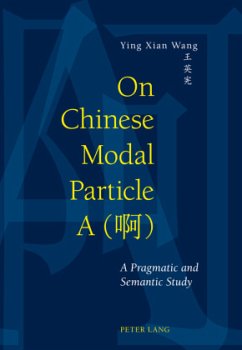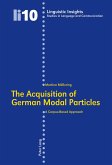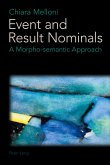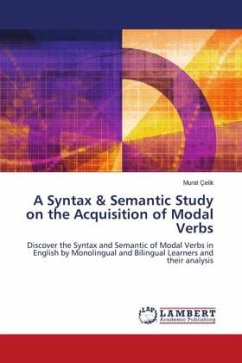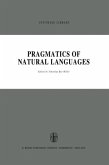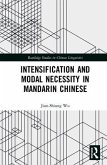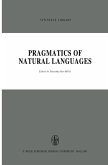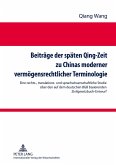Chinese modal particles feature prominently in Chinese people's daily use of the language, but their pragmatic and semantic functions are elusive as commonly recognised by Chinese linguists and teachers of Chinese as a foreign language. This book originates from an extensive and intensive empirical study of the Chinese modal particle a ( ), one of the most frequently used modal particles in Mandarin Chinese. In order to capture all the uses and the underlying meanings of the particle, the author transcribed the first 20 episodes, about 20 hours in length, of the popular Chinese TV drama series Kewang 'Expectations', which yielded a corpus data of more than 142'000 Chinese characters with a total of 1829 instances of the particle all used in meaningful communicative situations. Within its context of use, every single occurrence of the particle was analysed in terms of its pragmatic and semantic contributions to the hosting utterance. Upon this basis the core meanings were identified which were seen as constituting the modal nature of the particle.
Bitte wählen Sie Ihr Anliegen aus.
Rechnungen
Retourenschein anfordern
Bestellstatus
Storno

